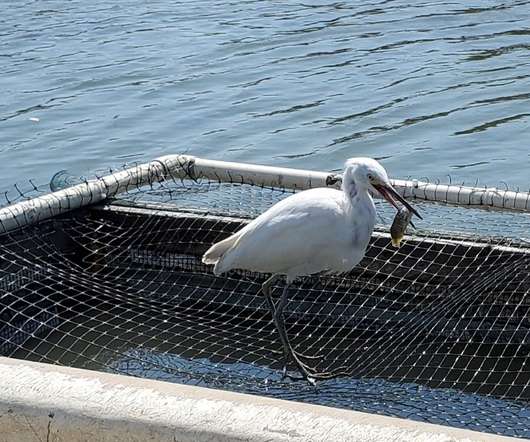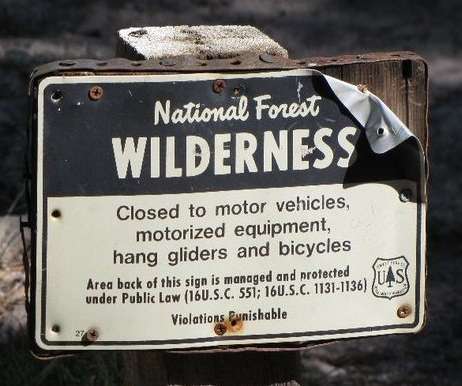How To (And Not To) Transport Wild Birds
10,000 Birds
APRIL 18, 2021
Occasionally I host wildlife rehabilitator vent-fests, where I post a question on Facebook and duly note the rehabber responses. Today’s topic comes from Tracy Anderson in Hawaii: what was the strangest container (or method of transport) in which you have received wildlife? Covered in fish slime! What are the odds?













Let's personalize your content